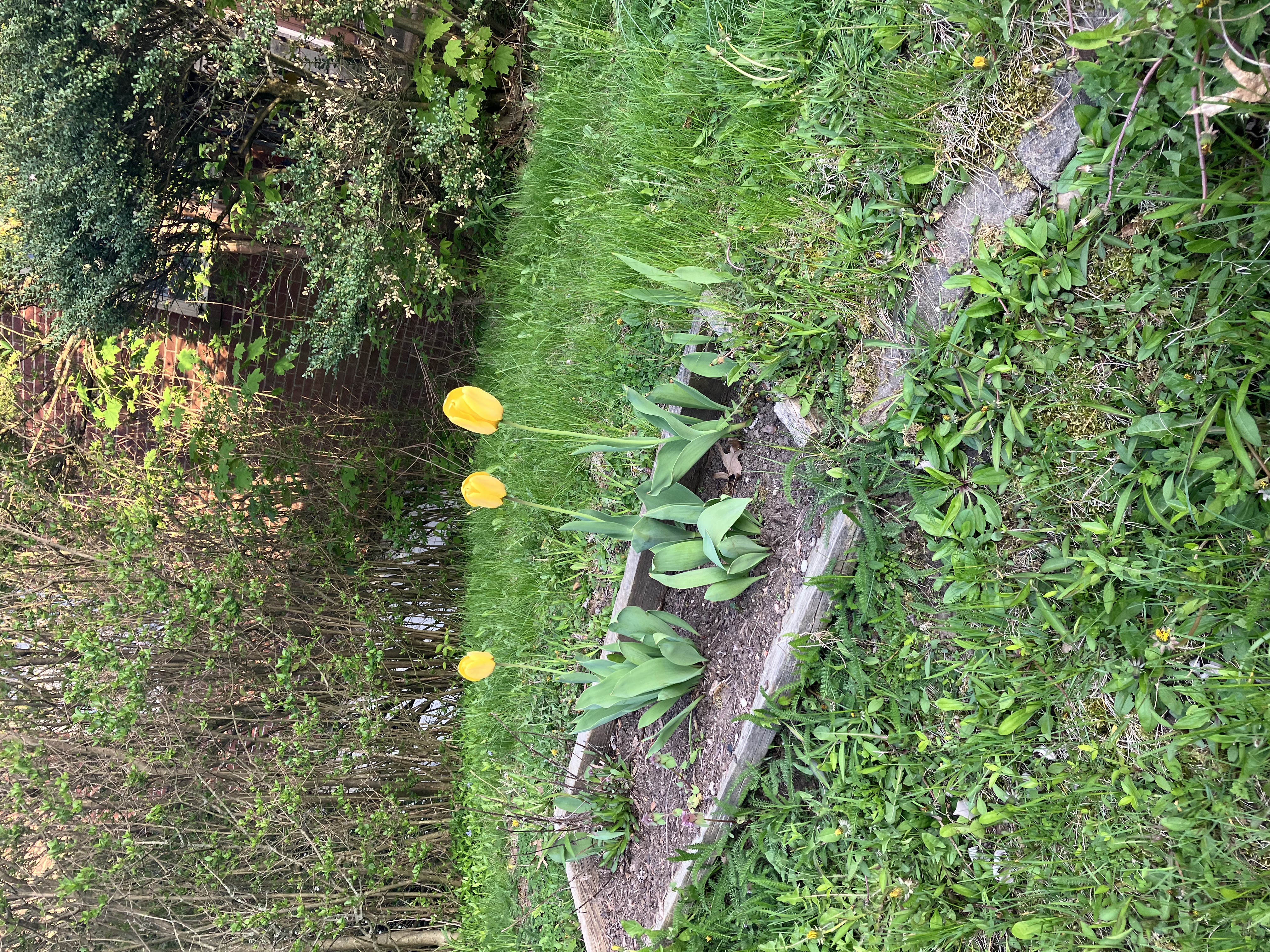
By Glenn A. Walsh
Reporting for SpaceWatchtower
Help NASA 'listen' to audified particles streaming from the Sun into Outer Space. NASA's HARP Citizen Science Project asks volunteers to use their ears to help scientists pick-out complex wave patterns of the Solar Wind.
Outer Space is far from empty. The Solar Wind consists of charged particles, electrons, and ions, known as Solar Plasma, streaming every minute from the Sun, and probably from other stars in the Universe. But, this stream of particles is not consistent.
When this Solar Wind plasma stream hits the Earth, it causes the magnetic field lines-of-force and the plasma around our planet “to vibrate like the plucked strings of a harp, producing ultralow-frequency waves” according to NASA.
The frequencies of the waves scientists need to measure are too low for the human ear to hear. HARP, the Heliophysics Audified Resonances Plasma Project, is a NASA-sponsored Citizen Science Project which 'audifies' or makes audible the ultra-low frequency waves caused by by the Solar Wind. Citizen Scientists can then help scientists decipher the audible whistles, crunches, and whooshes heard from this stream of solar particles.
“What excites me most about the HARP project is the ability for citizen scientists to make new discoveries in heliophysics research through audio analysis,” said the project’s principal investigator, Michael Hartinger, a heliophysicist at the Space Science Institute in Colorado, in a NASA news release. “We need their help to understand complex patterns in the near-Earth space environment.”
The data that Citizen Scientists will use for this project comes from the THEMIS Mission (Time History of Events and Macroscale Interactions during Substorms), which originally consisted of five satellites launched by NASA in 2007. As part of the THEMIS Mission, the satellites flew through the Magnetosphere, what NASA calls Earth's magnetic “harp”.
So, THEMIS has provided a great deal of data since 2007. However, there is too much data for scientists to evaluate by themselves. According to NASA, “By converting this data into sound and listening with your ears, the brain can pick out complex wave patterns much faster than by eye”.
“THEMIS can sample the whole harp,” Hartinger said, “and it’s been out there a long time, so it has collected a lot of data.”
To learn more about the NASA HARP Project, and to volunteer to participate in the project, go to the following Internet web-site:
Link >>> https://listen.spacescience.org/
Internet Links to Additional Information ---
NASA News Release: "Help Discover the Sounds of Space Played by NASA's HARP."
NASA THEMIS Mission: Link >>> https://en.wikipedia.org/wiki/THEMIS
Solar Wind: Link >>> https://en.wikipedia.org/wiki/Solar_wind
Plasma - One of Four States of Matter: Link >>> https://en.wikipedia.org/wiki/Plasma_(physics)
Solar and Heliospheric Observatory (SoHO) Satellite:
Link >>> https://en.wikipedia.org/wiki/Solar_and_Heliospheric_Observatory
More Citizen Science Projects: Link >>> https://buhlplanetarium2.tripod.com/FAQ/citizenscience.html
Source: Glenn A. Walsh Reporting for SpaceWatchtower, a project of Friends of the Zeiss
Monday, 2023 May 22.
Like This Post? Please Share!
More Astronomy & Science News - SpaceWatchtower Twitter Feed:
Link >>> https://twitter.com/spacewatchtower
Astronomy & Science Links: Link >>> http://buhlplanetarium.tripod.com/#sciencelinks
Want to receive SpaceWatchtower blog posts in your in-box ?
Send request to < spacewatchtower@planetarium.cc >.
gaw
Glenn
A. Walsh, Informal Science Educator & Communicator
(For more than 50 years! -
Since Monday Morning, 1972 June 12):
Link >>> http://buhlplanetarium2.tripod.com/weblog/spacewatchtower/gaw/
Electronic Mail: < gawalsh@planetarium.cc >
Project Director, Friends of the Zeiss: Link >>> http://buhlplanetarium.tripod.com/fotz/
SpaceWatchtower Editor / Author: Link >>> http://spacewatchtower.blogspot.com/
Formerly
Astronomical Observatory Coordinator & Planetarium Lecturer,
original Buhl Planetarium & Institute of Popular Science (a.k.a.
Buhl Science Center), America's fifth major planetarium and Pittsburgh's
science & technology museum from 1939 to 1991.
Formerly Trustee,
Andrew Carnegie Free Library and Music Hall, Pittsburgh suburb of
Carnegie, Pennsylvania, the fourth of only five libraries where both construction and endowment funded by famous industrialist & philanthropist Andrew Carnegie.
Author of History Web Sites on the Internet --
* Buhl Planetarium, Pittsburgh: Link >>> http://www.planetarium.cc Buhl Observatory: Link >>> http://spacewatchtower.blogspot.com/2016/11/75th-anniversary-americas-5th-public.html
* Adler Planetarium, Chicago: Link >>> http://adlerplanetarium.tripod.com
* Astronomer, Educator, Optician John A. Brashear: Link >>> http://johnbrashear.tripod.com
* Andrew Carnegie & Carnegie Libraries: Link >>> http://www.andrewcarnegie.cc
* Other Walsh-Authored Blog & Web-Sites: Link >>> https://buhlplanetarium.tripod.com/gawweb.html
